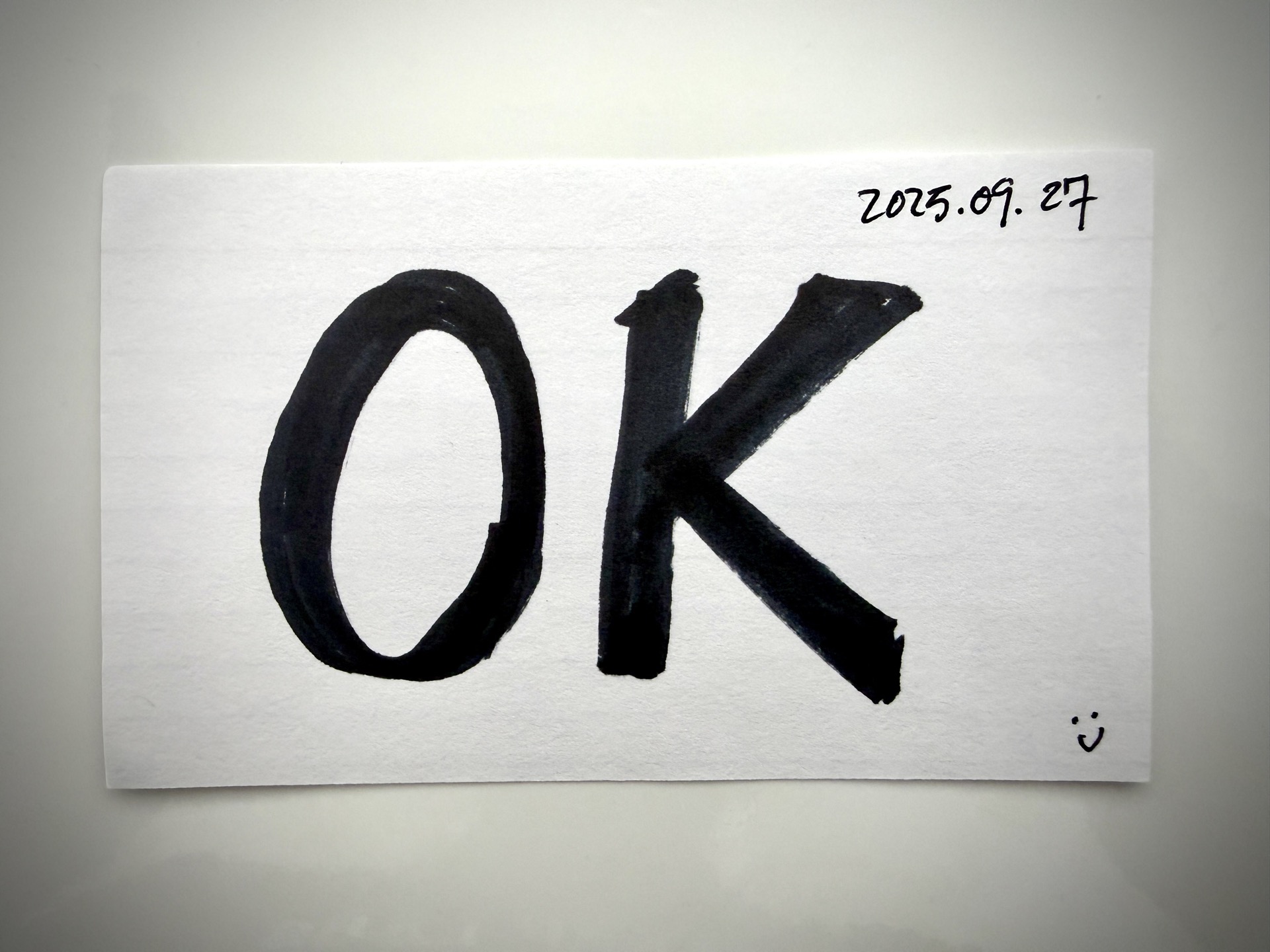You may have encountered this in your projects — usually at kickoff or during quarterly OKR planning. But it also sneaks back mid-project in expected, unwelcome, and unsurprising ways.
- How do we know you’re focused on the right things?
- Have you considered risks and trade-offs? What are they?
- Are we meeting the right quality and velocity metrics?
Or the classic... The question that everyone loves to ask but dreads to hear:
“How do we know what good looks like?”
If you’re here right now — great. (Well… not great. This part sucks.) But timely, because I can share what’s helped me. If not, save this for later. You’ll hit it eventually. The signals are easy to spot, once you’re in it: like planning meetings for the meeting before the meeting.
Head
Because I know this question isn’t a test. Not really.
It’s not a request to see how neatly you’ve wired up your RACI/DACI frameworks, scaffolding a tree of cross-functional DRIs. It’s not a search warrant demanding your 20-page (probably too long) PRD as proof of “good work done.”
Because beneath that iceberg tip — the one shouting LOGISTICS in all caps — lives something else. Something quieter. Something human.
If you peel back the layers of these emboldened, stock stakeholder questions, you’ll usually find a shaky, slightly anxious center whispering:
“…Are we going to be OK?…”
Knowing this — or at least choosing to see it this way — has fundamentally shaped how I lead, and how I show up for my projects and my people.
Most of our rituals and processes are ways we try to help each other feel OK with the work ahead. OK with the progress we’re making. OK with what might come next.
OK with the messy middle we somehow got ourselves in now.
Sometimes the processes help. Sometimes they’re just hand-me-downs from old jobs, LinkedIn tips someone once bookmarked, or whatever thing we do to overcompensate for how underprepared we feel. Either way, the human need underneath stays the same.
Heart
Knowing this, I do everything I can to help folks — teammates, stakeholders — feel as OK as possible, every day.
What does that look like? Honestly, at the heart of it, it’s pretty simple: you just talk to people. A lot.
For me, that means at least one Loom demo a day. Showing something working, or at least something learned. Not just promises or polish. Proof.
Sharing updates in public channels as they happen. Raising questions and concerns quickly, openly — even when, no… especially when it might “make the team look bad.”
It means checking in with individuals. Starting meetings with, “How are you feeling?” (and actually listening). Watching for signals of disconnection or struggle.
It means being — or encouraging — that connective tissue. The thing that helps everyone move together. Extending the “let’s all get on the same page” moment beyond just pages, into whole chapters.
Because really — what is an RFC tech spec if not a technical Shark Tank pitch in disguise? A Confluence 3-pager dressed up as a engineering-based business proposal, trying its best to convince everyone that this idea is, in fact, a good idea.
And that this idea — neatly packaged as “Option 2,” broken into four tidy phases stretched across six long months — is somehow the magic plan to make everything... OK.
Hand
If you’re a lead(er) of any kind, and title be damned...
This. Is. The. Work.
Not the shiny frameworks. Not the perfect roadmap. This.
The soft skill that will carry you and the team through hard times. The connective tissue that holds teams together when process alone can’t. The thing that will hold you up when the ground shakes.
This has been my way for... over eight years now (?). And most recently, it’s the very thing that helped deliver the long-awaited GSAP-powered Interactions feature for Webflow.
Maybe this way works for you. Maybe it doesn’t.
But here’s the thing: if your team feels genuinely OK, then you’re doing great. Keep going.
And if not? Don’t schedule an “emergency grooming session.” Put a (metaphorical) hand on someone’s shoulder. Ask: “Wanna grab a coffee and catch up?”. Do it again. Encourage others to do the same. Celebrate when they do. Focus on the work. Focus on bringing others along. And take it from there.
You’ll be astounded by how great the project will be and how much better the people will feel... once everyone starts feeling OK.
